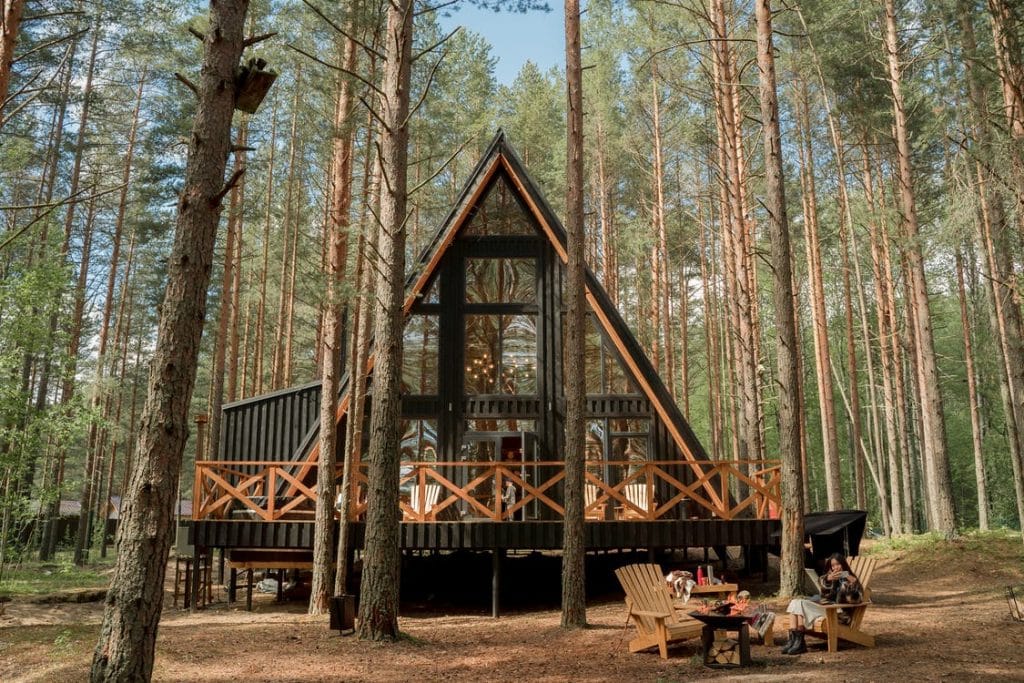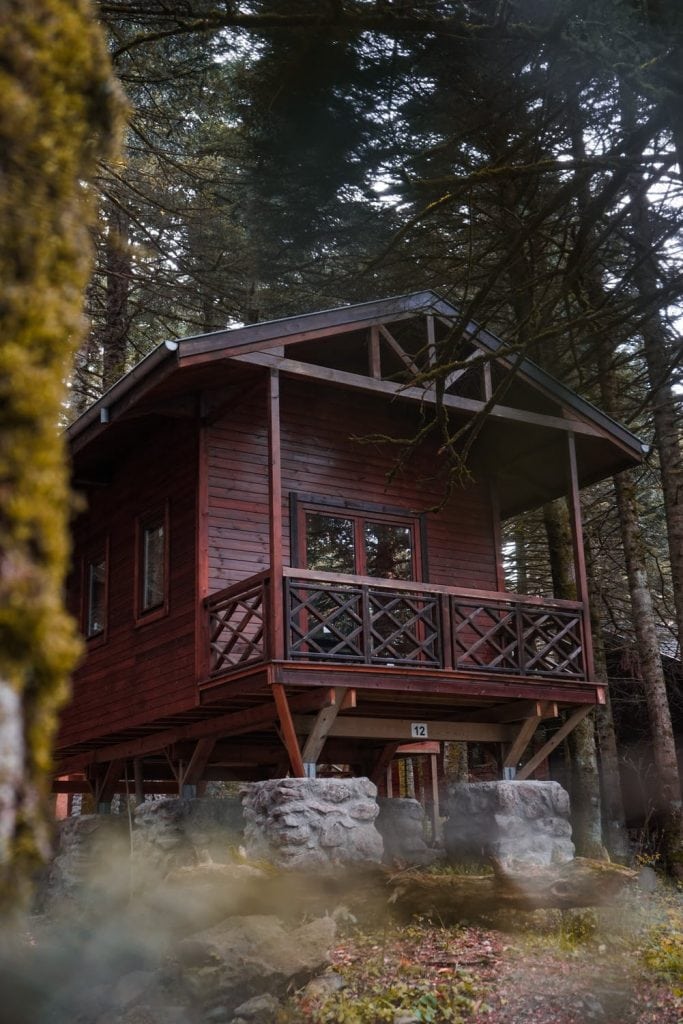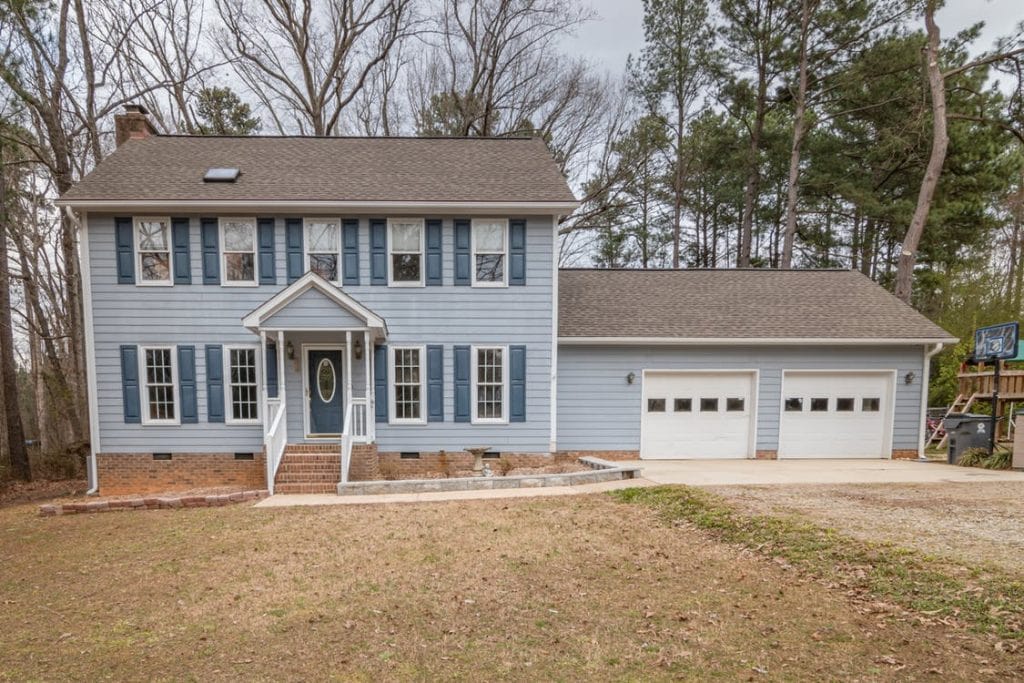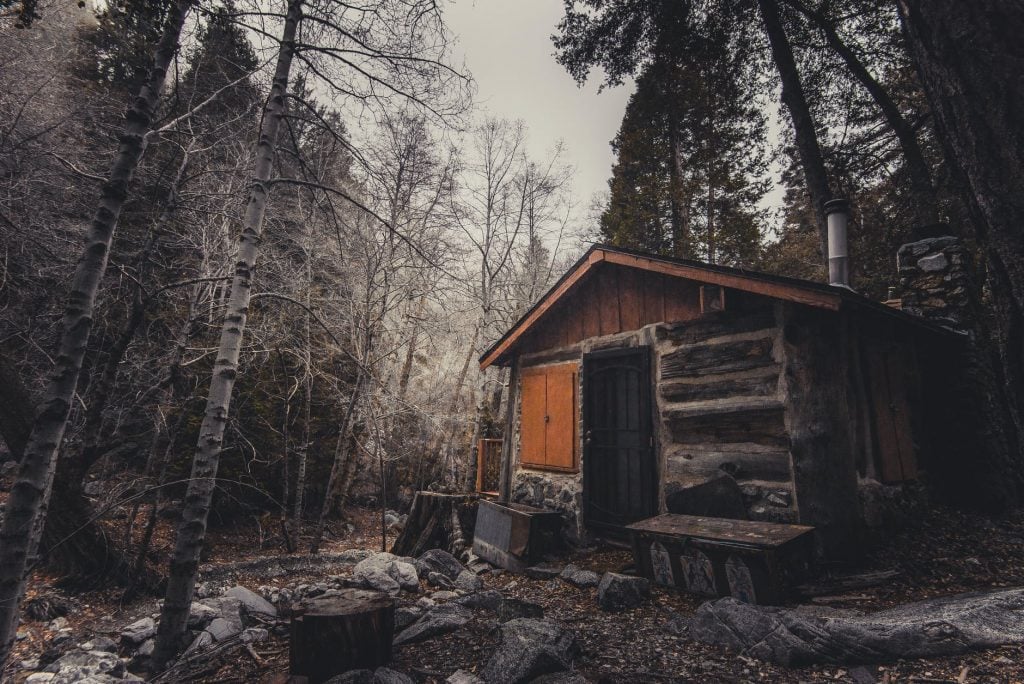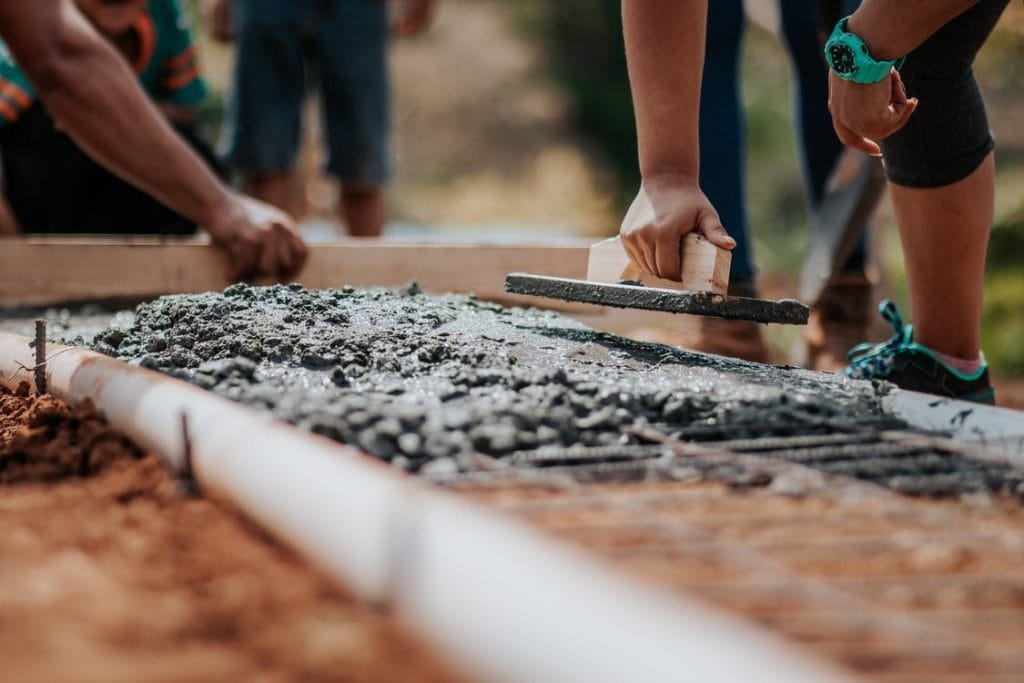Restumping (sometimes called reblocking) consists of jacking up the house, removing the existing wooden stumps and replacing them. During the restumping work, floor levels need to be reset, and it’s possible that the movement will cause warped doorframes, cracked plaster, damaged tiles and so on. These days, the replacement stumps are usually concrete and should last longer than wooden stumps.
A house can be partially restumped if only certain areas need it. But if half of your stumps are visibly decaying, there’s a very good chance that the others are probably on the way out, even if they seem OK. It’s usually advisable to replace all the stumps at once. A restumping expert or building inspector will be able to advise you on the best course of action.
While it might seem intimidating, restumping your house doesn’t need to be a nightmare. Keep your cool and understand what you need to know to find a good contractor, and you can get the job done with a minimum of stress.
Are there cracks in your plaster walls? Is your floor uneven? Do your doors and windows stick? Does your glassware clink merrily on the shelf every time someone walks past? Your house may need some stump love, so it’s time to call in the experts.
Unless your property is built on a concrete slab, most houses need restumping at some stage. Older houses are built on timber stumps, which can last anywhere from 15 to 80 years, depending on a variety of factors.
If you’re planning major renovations, be sure your existing stumps are up to it – if there’s any doubt, include restumping as part of the job. You’ll save both money and headaches in the future.
How Do I Know If My House Needs Restumping?
Uneven floors are a telltale sign that stumps need replacing, and this is because stumps keep a house level and even. When damaged, the floors will become uneven, sag or even slope in one direction.
Cracking walls are a sign that a home’s foundation is damaged. Because stumps support the foundation, they may need to be replaced to prevent further structural problems.
Doors and windows will often stick and not close completely when a home’s foundation is damaged. Cracks in the interior and exterior walls are also common problems that occur when windows and doors begin to stick.
Benefits Of A House Restumping:
An old house that has been sitting on wooden stumps for a long time is likely to have dry rot in places. This rot can make its way into the home, but replacing the old stumps with new ones can help rid the home of dry rot.
When you wish to sell your house, restumping it can increase the value of the property. Fresh stumps are one crucial aspect of a strong foundation, which is essential to a potential buyer.
One benefit of restumping is that it allows you to add extra rooms to your home. This gives your family more space and increases the value of your property.
Floodwaters can damage more than just your home. Valuables inside a home are also vulnerable to water. Still, restumping will lift a home higher and help prevent flood damage.
House Restumping Process
Site Area Cleared
The first step in the process is to clear the areas around the home. Boards around the house will also need to be removed.
Jack Installation
Next, jacks are positioned and used to raise the house from the stumps. This enables workers to examine the old stumps and determine the extent of the damage.
Damaged Stumps Removed
If stumps are rotted, infested with termites or otherwise damaged, then they must be removed.
Inspection
A private surveyor or local council will then inspect the home. The home must pass inspection before the new stumps can be installed.
Installation Of New Stumps
Installing new stumps begins with using a level to ensure the home is level and even. Then, workers measure the holes to fit the proper size stumps. Adjustable house stumps can save time on installation, and they can be easily adjusted.
Materials Used In Restumping
Steel
Using steel as a stumping material is advantageous because steel is durable even when exposed to the natural elements of weather. Unlike wood, steel won’t become infested with termites and does not rot. However, steel is generally more expensive than timber or concrete.
Timber
Wood stumps are affordable and made of natural material; however, they are more susceptible to sinking, especially if the wood becomes infested with termites. Termites push up the dirt around the wood, which affects the weight distribution and can cause a home to sink or become uneven. Dry rot is another common problem with wooden stumps.
Concrete
If you are restumping concrete stumps, especially older ones, then the stumps might crack. In the past, dumped concrete was commonly used as a stumping material. However, newer homes are more likely to be built with sturdier materials. If you have concrete, you might also need to consider the strength and condition of the reinforcing rods used in your home since they are likely to rust over time.
Frequently Asked Questions
Unless your property is built on a concrete slab, most houses need restumping at some stage. Older houses are built on timber stumps, which can last anywhere from 15 to 80 years, depending on a variety of factors.
The cost range is between $4,000 and $15,000 to restump and level the house. The price can change depending on the number of stumps to be replaced, the height of the stumps, whether you will be restumping with concrete or steel, and if bearers and joists that have rotted need to be replaced.
The best course of action is to call a restumping professional rather than DIY restumping a house yourself. This is very important, as if this is not done correctly, you may be compromising the structural integrity of your home as well as the safety of your family.
Usually, houses need restumping due to age, termite damage, or soil movement. In those cases, it's unlikely your home insurance will cover the cost. However, if the stumps have been damaged by an insured event – for example, a pipe burst and caused significant water damage – you might be covered for restumping costs.
The major difference between the three processes is that while restumping or reblocking the foundation stumps are completely replaced, but in underpinning, the concrete slabs are not replaced, they are simply reinforced with new material.
How Much Does A House Restumping Cost?
In general, the price for restumping a home in Australia ranges from $8,000 to about $25,000. Several factors impact the cost of restumping. For instance, the type of stumping material used and the size of the home are essential. For example, a smaller home might require fewer stumps to support it. In general, timber stumps are the most affordable material. Concrete stumps are generally less expensive than steel stumps. Also, in some cases, several existing stumps may be in good condition, whereas other stumps need to be replaced. Therefore, partial restumping is often less expensive than replacing all stumps.
Difference Between House Reblocking and Restumping
Any independent structure will stand only as strong as its foundation. If the foundation is compromised, then the structure will be too. Many old Australian houses have a foundation that rests on the support of wooden stumps. These wooden stumps will weather over time, especially if they are exposed to a good deal of moisture which is bad because these stumps carry the entire weight of the house.
This is where restumping comes in. Restumping or reblocking is the process of replacing the old and weathered stumps that make up the foundation of the house with newer stumps that are made of more durable material.
Stump Types
Blocks or stumps come in three variants which differ based on their strength and durability. Reblocking stumps can be made of the following materials:
Timber: The most common type of stumps are made of hardwood which is what you’re likely to find in your own home. Hardwood is durable but not forever, and over time will succumb to moisture and pests. The timber, on the other hand, can last several decades given the right environment as long as you choose a type that is rot resistant.
Concrete: Stumps made from concrete have two advantages over those made from wood. For one, they are stronger and last far longer than wood, so the chances for restumping will probably not happen in one lifetime. Secondly, these stumps are easier to secure to the bearing, which makes them easier to install overall.
Steel: Steel stumps are a bit of a mix when it comes to the pros and cons. For one, steel is highly durable when compared with concrete or wood. Secondly, it is quite easy to manipulate and can be shaped into varying forms to better fit the structure. On the cons side, in damp conditions, the steel is susceptible to rust and expansion, which weakens it over time. To avoid this, many manufacturers offer stumps made of galvanised steel.
When it comes to house reblocking, Melbourne has a dire need. The weather is temperate oceanic in nature, and the air can get filled with moisture at a moment’s notice. Most Melbourne homes are built on hardwood stumps which have endured for the last few decades but require either restumping/reblocking or underpinning.
But what happens if you leave the stumps as is? Well, since the foundation would be damaged, you’ll start noticing cracks on the walls and eventually, the house itself will slant to one side with heavy creaking from the wooden floors.
A good restumping job that will last you a lifetime will also heavily depend on the type of contractor you choose. An unreliable one can empty your pocket and leave you with a house that will start showing problems again in a few years.
Why Would You Hire Underpinning And Restumping Service Provider?
Why Would You Hire Underpinning And Restumping Service Provider?
A strong foundation is the basis of any safe and secure house. But with time, the foundations of houses deteriorate and therefore require replacement in order to maintain the structural integrity of the building. For this purpose, hiring an underpinning and restumping service provider is the best idea. They ensure that the buildings are secure with strong foundations.
Ranging from cracked floor/wall, a sinking floor, or a misaligned window/door at your home/office to excavations, steel works, pilings, a good underpinning and restumping service provider will have a solution for all of these problems.
Generally, underpinning services are required majorly in two types of houses– one that has been poorly constructed and the second that has been worn off over time. Underpinning services may be required in case your building is made of concrete slabs and brick veneer walls.
This is required because brick veneer alignments loosen with time, thereby presenting cracks on the slab. A Good underpinning and restumping service provider uses heavy jacks to support the sinking slabs. Then they do brick alignment with the help of concrete to lay down a strong foundation.
Services Offered By Underpinning And Restumping Service Provider:
Sinking Floor Solution
Improper construction leads to various problems, and sinking the floor is just one of them. Sagging beams and rotting joists are also responsible for sinking floors. To know if your floor is sinking or not, you just need to check it from underneath. If you see the floor bowing in the middle, then it is definitely sinking and needs professional help. However, if you are not sure and have doubts, then you can call a reliable underpinning and restumping service provider.
Restumping Or Reblocking
Restumping is similar to the process of underpinning, with the only exception that in restumping, we completely replace the stumps instead of repairing them. The process involves digging up the foundation with jacks and then putting up new stumps. Sometimes this process leads to minor damage to your wall or floor, and you can ask the service provider to repair the same.
Salt Damp Removal
Excess moisture or salt in any building leads to a problem called salt dampness. If you notice gassy plaster, mortar, bubbly paint, and pungent odour in the underneath area of your building, then you must do the underpinning of the slabs. Reputed underpinning and restumping service provider offers guaranteed salt damp removal services for both domestic and commercial properties.
Floor Replacement
You can easily get a new floor for your home/office without making a hole in your pocket. You can search for some underpinning and restumping service providers online and ask for quotes from different service providers. Then compare their prices and choose an affordable one for your home improvement.
Subfloor Installation & Repairs
If there is any damage to your floor or tile, then you need subfloor repairing services. They use processed wood for subfloor repairing. Moreover, you can also get subfloor installation services at extremely affordable prices, and all you need is to search for some best sub-floor installing services online.
Cracked Wall Repairs
Leaking taps, poor construction, ignored plumbing issues, some weather situations, and poor construction leads to cracked walls. In this regard, you can hire a reliable underpinning and restumping service provider, and they can repair the leakages of your walls. Even they can also install some retaining walls at your outdoor if required.
